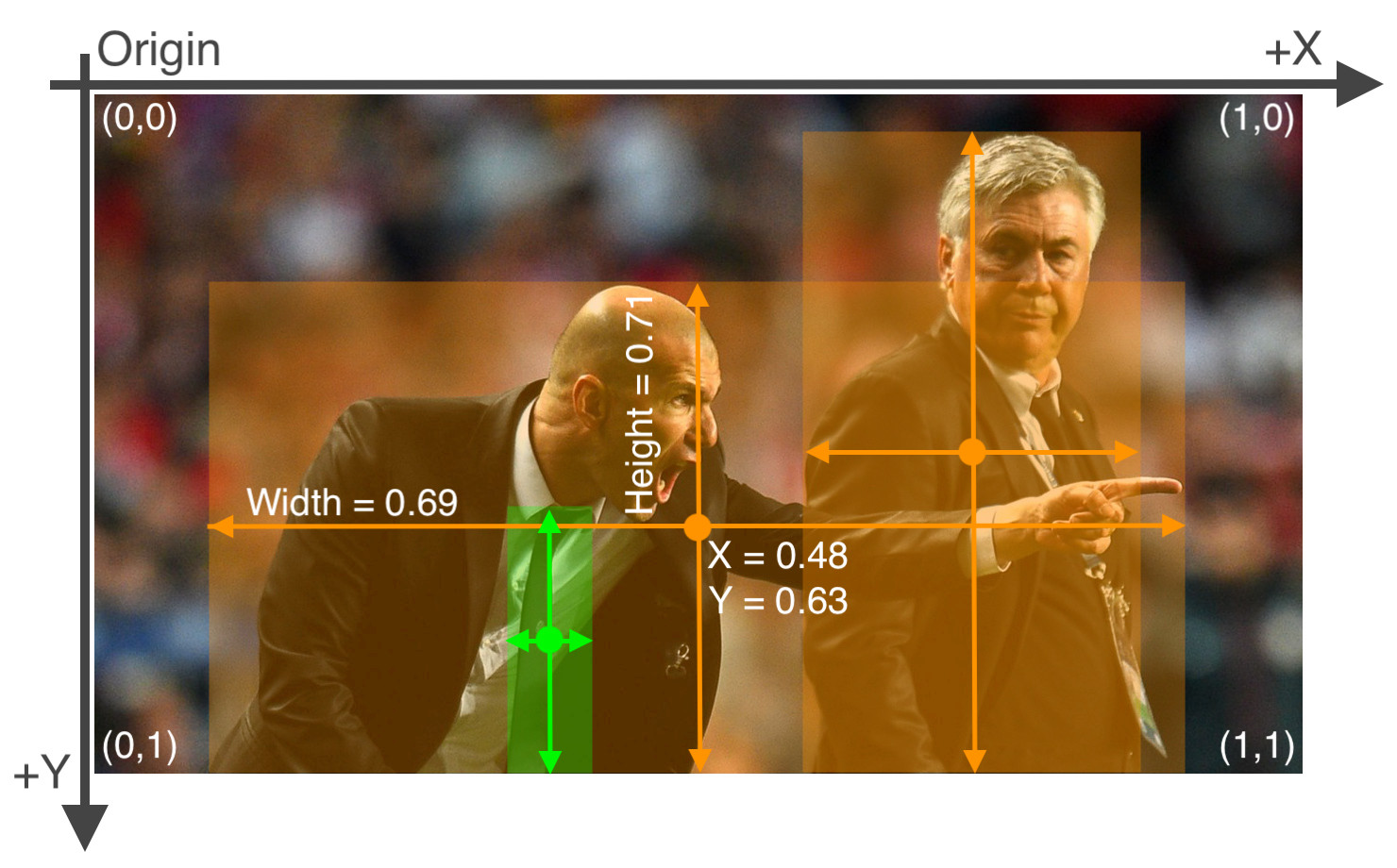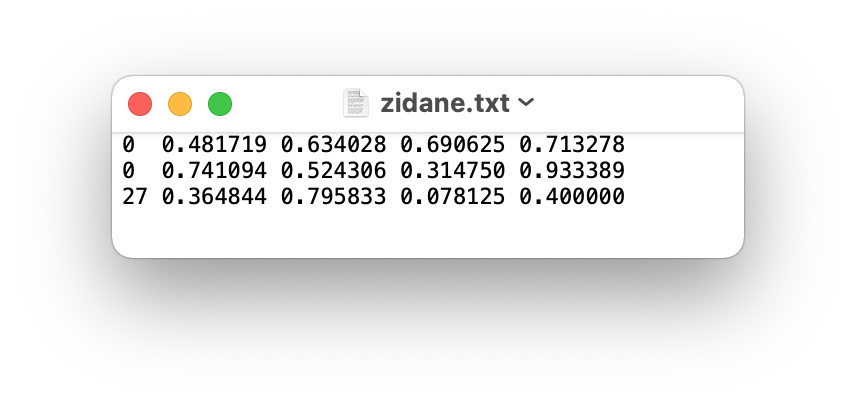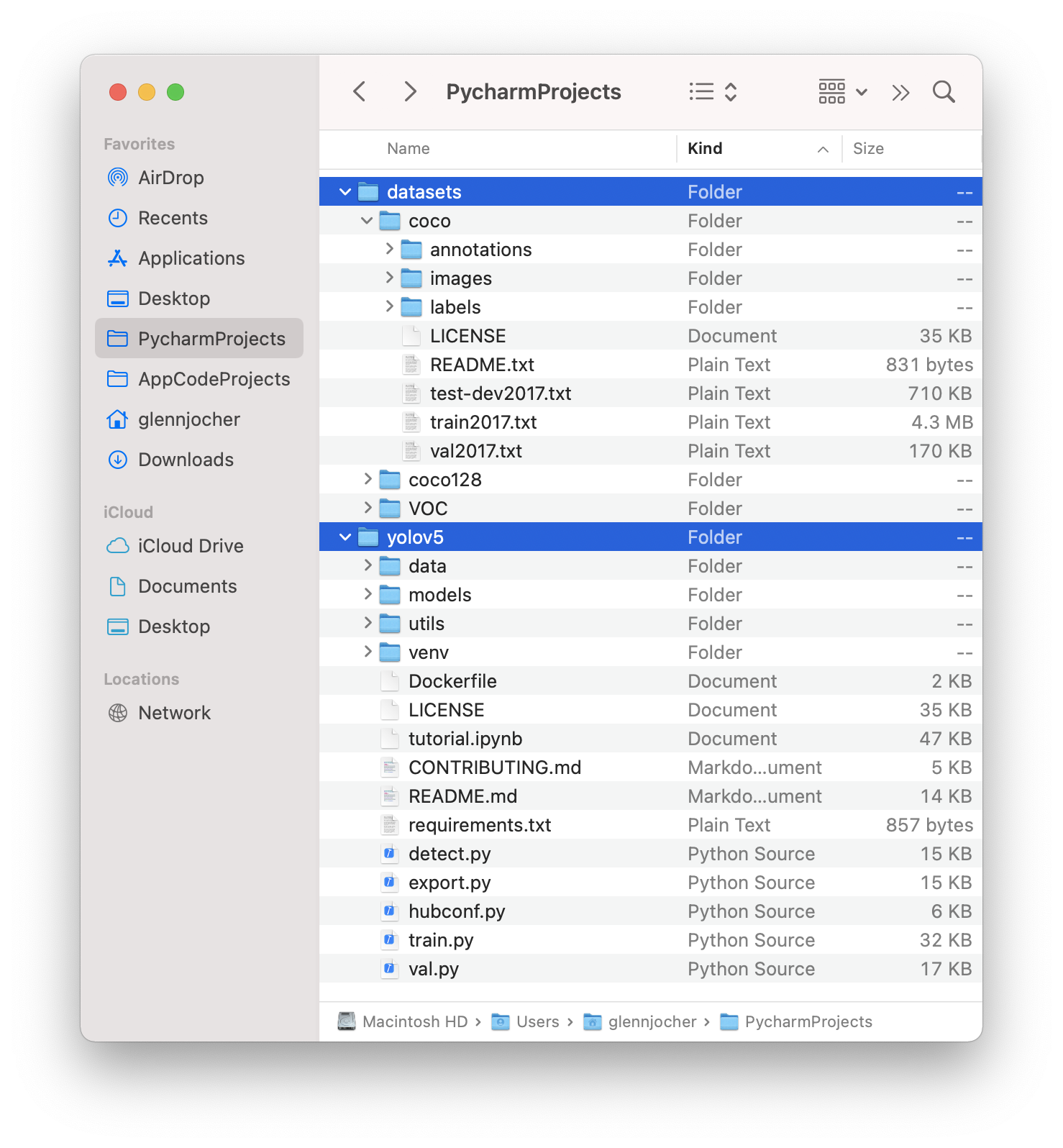I made this to convert SKU110K to Yolo format, it might need some alteration to work on your dataset, but feel free to used it `
import os
import csv
import cv2
def convert_sku_to_yolo():
annotation_file = open("PATH_TO\\annotations_val.csv")
annotation_file = csv.reader(annotation_file, delimiter=" ")
image_paths = os.listdir("PATH_TO\\images")
prev_img_path = ""
counter = 0
for annotation in annotation_file:
if counter % 12084 == 0:
print(counter)
counter += 1
annotation = annotation[0].split(",")
img_path = "PATH_TO\\images\\" + annotation[0]
resize_factor = 640 / max(int(annotation[6]), int(annotation[7]))
if img_path != prev_img_path:
img = cv2.imread(img_path)
img = cv2.resize(img, (int(img.shape[1] * resize_factor), int(img.shape[0] * resize_factor)))
cv2.imwrite(img_path, img)
prev_img_path = img_path
bbox = f"{(int(annotation[1]) * resize_factor) / (int(annotation[6]) * resize_factor)} {(int(annotation[2]) * resize_factor) / (int(annotation[7]) * resize_factor)} {(int(annotation[3]) * resize_factor) / (int(annotation[6]) * resize_factor)} {(int(annotation[4]) * resize_factor) / (int(annotation[7]) * resize_factor)}"
x1 = (int(annotation[1]) * resize_factor)
y1 = (int(annotation[2]) * resize_factor)
x2 = (int(annotation[3]) * resize_factor)
y2 = (int(annotation[4]) * resize_factor)
width = (int(annotation[6]) * resize_factor)
height = (int(annotation[7]) * resize_factor)
bbox = f"{((x1 + x2) / 2) / width} {((y1 + y2) / 2) / height} {(x2 - x1) / width} {(y2 - y1) / height}"
label_path = img_path.replace("images", "labelsval").replace("jpg", "txt")
with open(label_path, "a") as file:
file.write("1 " + bbox + "\n")
def check_sku_imgs():
image_paths = os.listdir("PATH_TO\\images")
for img in image_paths:
if img.find("train") != -1:
image = cv2.imread("PATH_TO\\images\\" + img)
if image.shape[1] > 640:
print(img)
convert_sku_to_yolo()`


Search before asking
Question
Hi everyone,
My apologies as this question may not directly be related to this yolov5 repo, but I've tried searching all over the internet and could not find this answer. I've recently downloaded the "MIO-TCD Localization" Traffic dataset from the official website (https://tcd.miovision.com/challenge/dataset.html) and found the ground truth annotations in the form of a csv file with the following columns as attached below. I would like to convert this to a YOLO txt format so that I can train my yolov5 model but have not been very successful in doing so. Hence, I would highly appreciate anyone's help. Thanks.
best regards, Abu
Additional
No response